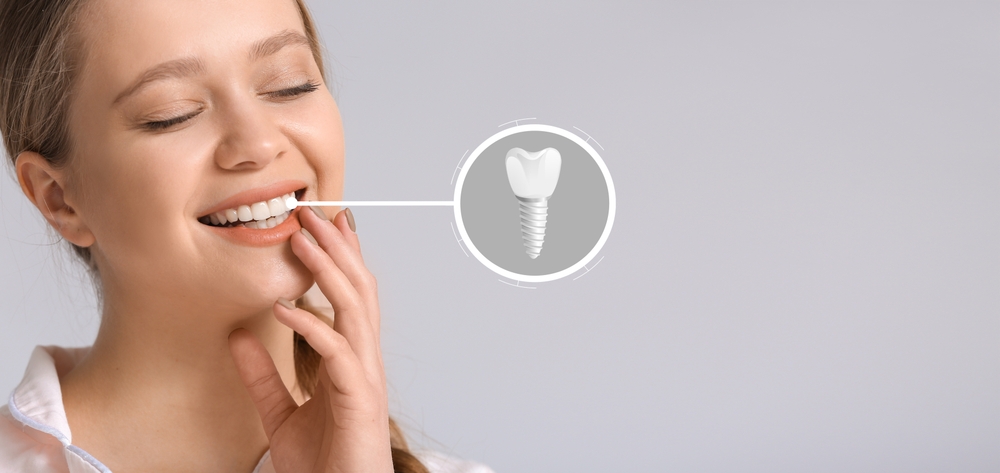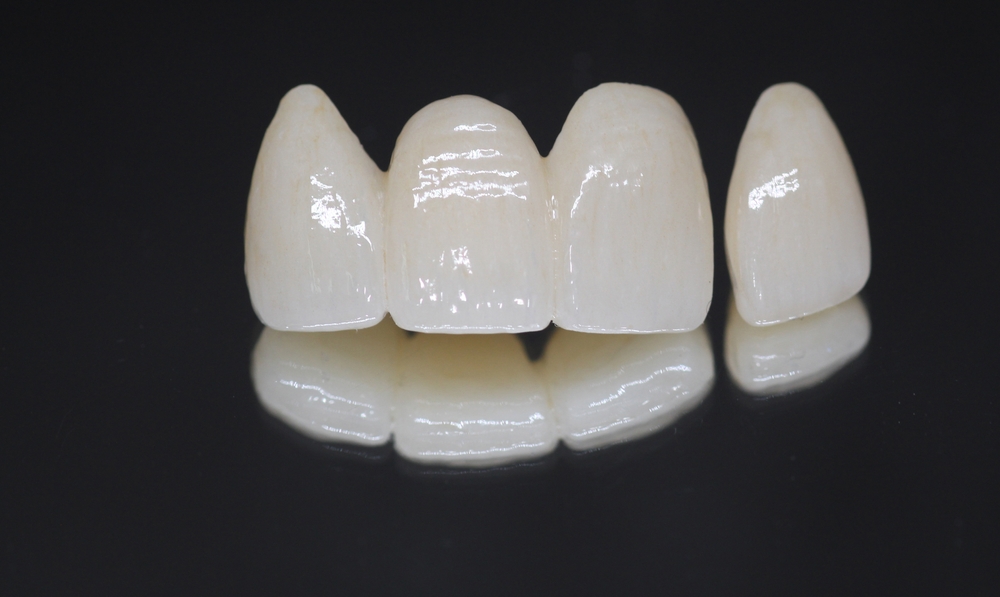In modern aesthetic dentistry, achieving a natural-looking and long-lasting dental implant restoration is a top priority. While titanium implant abutments have been the standard for years, ceramic implant abutments are gaining popularity due to their superior aesthetics, biocompatibility, and ability to blend seamlessly with natural teeth. Made primarily from high-strength zirconia, ceramic abutments offer a metal-free alternative that enhances the visual appeal of restorations, particularly in the anterior region. As the demand for lifelike dental solutions continues to grow, ceramic implant abutments are proving to be a valuable option for both dental professionals and patients seeking optimal aesthetic outcomes.
In This Blog:
- What are Ceramic Implant Abutments?
- Advantages of Ceramic Implant Abutments in Aesthetic Dentistry
- Clinical Considerations and Limitations
What Are Ceramic Implant Abutments?
Ceramic implant abutments serve as the critical link between a dental implant and the final restoration, providing structural support and aesthetic enhancement. Unlike traditional titanium abutments, which may sometimes cause a grayish hue under thin gum tissue, ceramic abutments—typically made from zirconia—offer a natural-looking, tooth-colored alternative. These abutments are especially valuable in cases where patients have thin gingival biotypes or require restorations in highly visible areas, such as the front teeth.
The evolution of ceramic materials in implant dentistry has led to significant advancements in durability and strength. Modern zirconia abutments are now engineered to withstand occlusal forces comparable to metal abutments, making them a viable choice for many clinical situations. As aesthetic demands continue to rise, ceramic implant abutments have become a preferred option for patients and dental professionals alike.
Advantages of Ceramic Implant Abutments in Aesthetic Dentistry
Superior Aesthetics
One of the most compelling reasons to choose ceramic implant abutments is their superior aesthetic quality. Unlike titanium abutments, which can sometimes be visible through the gum tissue, ceramic abutments offer a natural, tooth-like color that blends seamlessly with surrounding teeth. This is particularly important for anterior restorations, where even the slightest imperfection in shade can be noticeable.
Ceramic abutments also possess a translucent quality that mimics natural enamel, enhancing the overall appearance of the restoration. With customized shaping and shading options, these abutments provide an unparalleled level of aesthetic precision, making them the ideal choice for patients who prioritize a lifelike smile.
Biocompatibility and Soft Tissue Integration
Ceramic materials are known for their excellent biocompatibility, reducing the risk of allergic reactions, inflammation, and soft tissue irritation. Studies have shown that zirconia abutments promote better soft tissue attachment compared to metal abutments, which can lead to healthier gums and a more natural emergence profile.
Additionally, ceramic abutments have been found to exhibit a lower affinity for bacterial adhesion, decreasing the likelihood of peri-implantitis—a common concern in implant dentistry. This biocompatibility contributes to long-term implant success and overall oral health.
Durability and Strength
While early ceramic abutments were sometimes criticized for their fragility, modern zirconia abutments have significantly improved in strength and durability. Advances in material technology have resulted in high-performance zirconia that is resistant to chipping, wear, and occlusal stress.
Compared to titanium, zirconia is also highly resistant to corrosion, ensuring long-term stability within the oral environment. While metal abutments may experience oxidation over time, ceramic abutments maintain their integrity and aesthetic appeal for years.
Improved Long-Term Oral Health
Ceramic implant abutments contribute to better long-term oral health by minimizing plaque accumulation and bacterial buildup. Their smooth, non-porous surface makes them more resistant to biofilm formation than metal abutments, reducing the risk of inflammation and peri-implant disease.
Furthermore, ceramic abutments help maintain gum tissue stability, preventing discoloration or recession that can sometimes occur around metal abutments. This makes them a reliable choice for patients looking for a restoration that not only looks great but also supports their oral health in the long run.
Optimal for Digital Workflow and Customization
With the integration of CAD/CAM technology in modern dentistry, ceramic abutments can be precisely milled to match each patient’s unique anatomy. Digital workflows allow for highly accurate customization, ensuring an optimal fit, contour, and aesthetic outcome.
Dental labs play a crucial role in this process, designing and fabricating custom ceramic abutments that complement the final restoration. With the ability to digitally plan and execute implant restorations, clinicians and lab technicians can achieve predictable, high-quality results tailored to each patient’s specific needs.
Clinical Considerations and Limitations
While ceramic implant abutments offer numerous benefits, they may not be suitable for every case. In high-load areas, such as molars, titanium abutments may still be preferred due to their higher fracture resistance. Additionally, proper case selection is essential—patients with heavy occlusal forces or parafunctional habits like bruxism may require extra considerations when using ceramic abutments.
Another factor to consider is cost. Ceramic abutments tend to be more expensive than titanium options, which may influence patient decisions. However, for those prioritizing aesthetics and biocompatibility, the investment in ceramic abutments is often well worth it.
Conclusion
Ceramic implant abutments have revolutionized aesthetic dentistry by providing a natural-looking, biocompatible, and durable solution for implant restorations. Their ability to seamlessly blend with surrounding teeth, promote soft tissue health, and integrate into digital workflows makes them a top choice for many dental professionals. As the demand for metal-free and highly aesthetic dental solutions continues to grow, ceramic implant abutments are likely to become even more prevalent in implant dentistry. For dentists and dental labs looking to elevate their implant restorations, ceramic abutments offer an excellent option that combines aesthetics, function, and long-term success.




